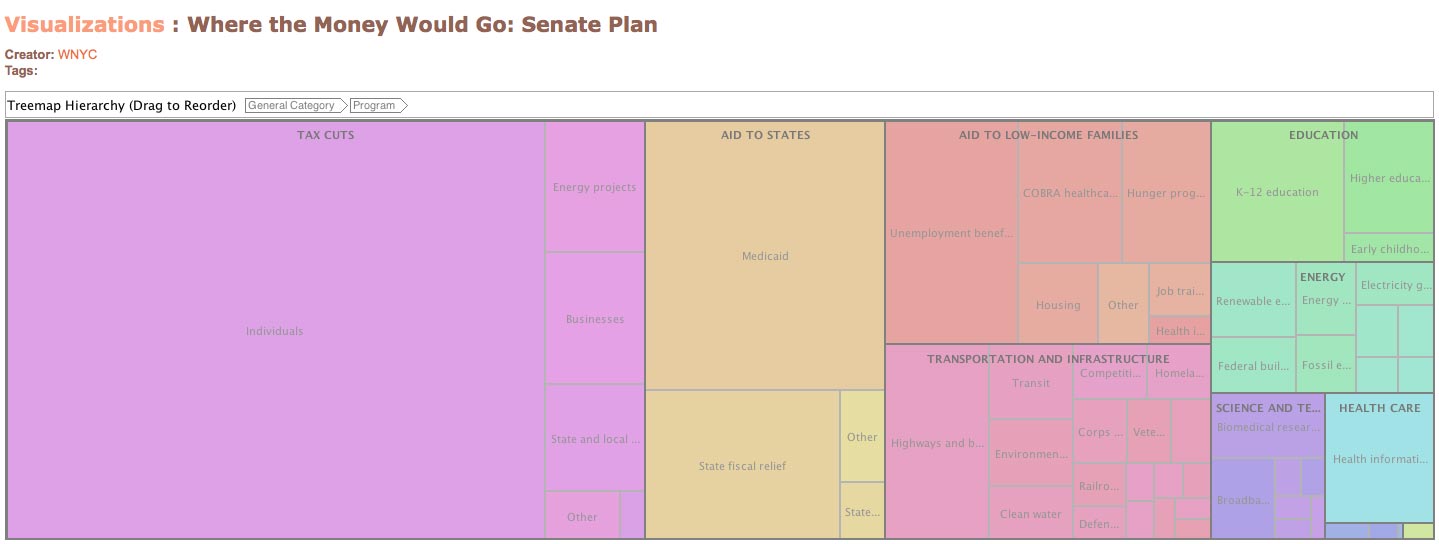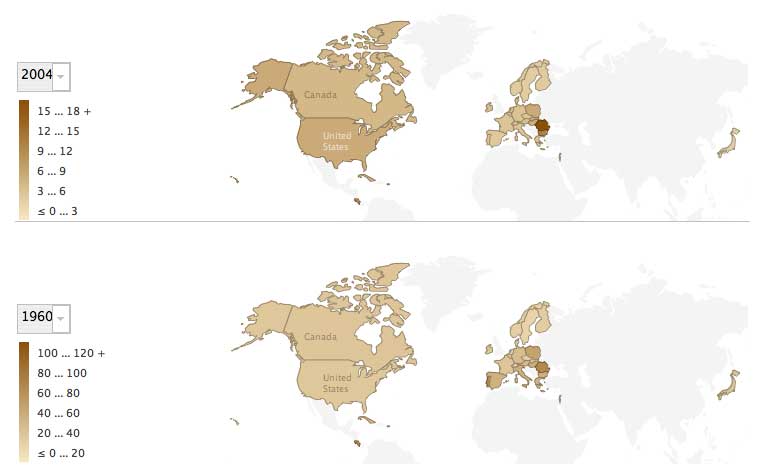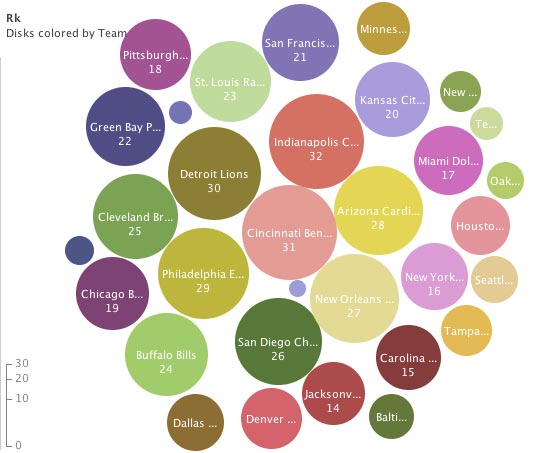Had it not been published at the end of the workday on a Friday, Journalism.co.uk would have made a bit more of a song-and-dance of this story, but as a result it instead it got reduced to a quick blog post. In short: OU academic Tony Hirst produced a rather lovely map, on the suggestion (taunt?) of the Guardian’s technology editor, Charles Arthur, and the result? A brand new politics story for the Guardian on MPs’ expenses.
Computer-assisted reporting (CAR) is nothing new, but innovations such as the Guardian’s launch of Open Platform, are leading to new relationships and conversations between data/stats experts, programmers and developers, (including the rarer breed of information architects), designers, and journalists – bringing with them new opportunities, but also new questions. Some that immediately spring to mind:
- How do both parties (data and interactive gurus and the journalists) benefit?
- Who should get credit for new news stories produced, and how should developers be rewarded?
- Will newsrooms invest in training journalists to understand and present data better?
- What problems are presented by non-journalists playing with data, if any?
- What other questions should we be asking?
The hashtag #datajourn seems a good one with which to kickstart this discussion on Twitter (Using #CAR, for example, could lead to confusion…).
So, to get us started, two offerings coming your way in #datajourn part 2 and 3.
- Q&A with the man who inspired this post – Tony Hirst himself
- The beginnings of a list of links to relevant articles recently hosted on Journalism.co.uk and elsewhere.
Please add your thoughts below the posts, and get in touch with judith@journalism.co.uk (@jtownend on Twitter) with your own ideas and suggestions for ways Journalism.co.uk can report, participate in, and debate the use of CAR and data tools for good quality and ethical journalism.



